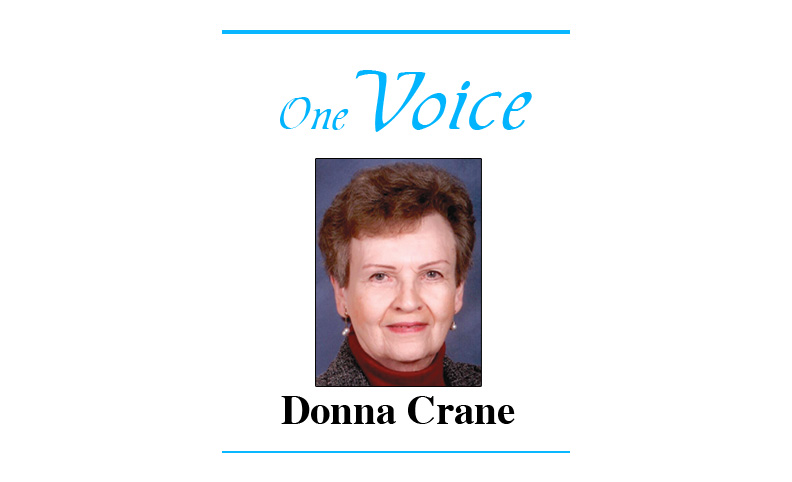
First of two parts
Lornet Turnbull’s following article in YES Magazine, “Building Community by Buying Nothing,” is on hyperlocal gift economies: It’s similar to a radical new economy, except, of course, it’s an old economy that has been around forever.
“Following knee surgery five years ago, Myra Anderson was having difficulty getting around. Living alone in Charlottesville, Va., she began asking on Facebook if anyone could assist her in getting a few supplies.
“A friend suggested the Buy Nothing Project, a network for the free sharing of resources among neighbors. Anderson signed up, but unaware of the rules, offered to leave money on her front stoop to pay for supplies if someone could bring them to her.
“By the time a message popped up in her inbox from the group administrator alerting her that’s not how Buy Nothing works, dozens of volunteers all ready had offered to pick up what she needed, at no cost, of course.
“Soon, people Anderson didn’t know began regularly checking in on her. She found a walking and workout partner in the group. When she’d post about feeling blue, people would respond with comfort, support, and encouragement.
‘“The love that has come from people I didn’t know, but just knowing they live near me, has been overwhelming and refreshing for my soul,’ Anderson said.
“These were the sort of genuine connections that Rebecca Rockefeller and Liesl Clark envisioned back in 2013 when they created Buy Nothing, a gift economy operated on a hyperlocal scale to bring neighbors together through sharing and community.
“Not a group, organization, association, nor nonprofit, Buy Nothing is a movement that has doubled in size during the pandemic. It now has more than 4 million participants in 6,500 groups, in 44 countries across the globe.
“It’s like a radical new economy, except of course it’s an old economy that has been around forever,” Rockefeller said. ‘We’re just re-presenting it.’
In the Beginning
“Clark and Rockefeller, who both live on Bainbridge Island, Wash., came to the project through very different life paths.
“Clark has traveled to the Himalayas each summer for the past 14 years doing archaeological research. In the villages where she, her family, and their team, stayed for months at a time, she noticed a close bond among residents unlike what she was accustomed to in the United States.
“‘Every resource that came into the villages was used up and shared and reused and repaired and reused again and then repurposed into something else until it had met its demise,’ Clark said.
“All the wealth was shared equally.
‘“Here we were studying this very old culture, up to 3,000 years old, while at the same time seeing that the modern folks were using their materials in a way that was so beautiful and eye-opening,’ she said. ‘The only way these cultures could survive was literally by always ensuring that the weakest were carried along with them.’
“Around the same time, Rockefeller suddenly found herself a single parent raising two children who needed special education. She was struggling financially, so she applied for and received food assistance. But the process of requalifying, she said, felt dehumanizing.
‘“Much of the social-support network in the U.S., designed to care for people in need, is shame-based, she said. ‘The worst was that I had a distinct impression that I had become a burden on my community and on my society, and I wanted my role as a giver back. I wanted to be able to balance the taking with generosity.’
“Both Rockefeller and Clark could see clearly what many can’t see because of a capitalist economy that promulgates the concept of scarcity, the idea that there aren’t enough resources to go around. ‘That is not the reality of the world,’ Rockefeller said. ‘We believe our innate human nature is one of compassion and generosity that understands that we survive only together. That’s the only way we’re ever going to be able to make it and live sustainably on this planet.’
“The two were convinced that what Clark witnessed in the Himalayas could be replicated here in the U.S.—and set out to prove it.
“Challenges Bring Change
“But the pair never envisioned the project would become as big as it has, nor were they prepared for some of the challenges that would accompany the rapid expansion of such a diverse, global movement.
“Because many U.S. neighborhoods are still racially segregated, Buy Nothing communities, which in the beginning were geographic clusters of 1,000 people, were essentially reaffirming racist, redlining boundaries. Members started pushing back against the 1,000-member cap, originally established to ensure the groups would remain responsive and tight knit; they didn’t want the communities they had formed to be split off into subgroups, known as sprouting.”
Continued next week

